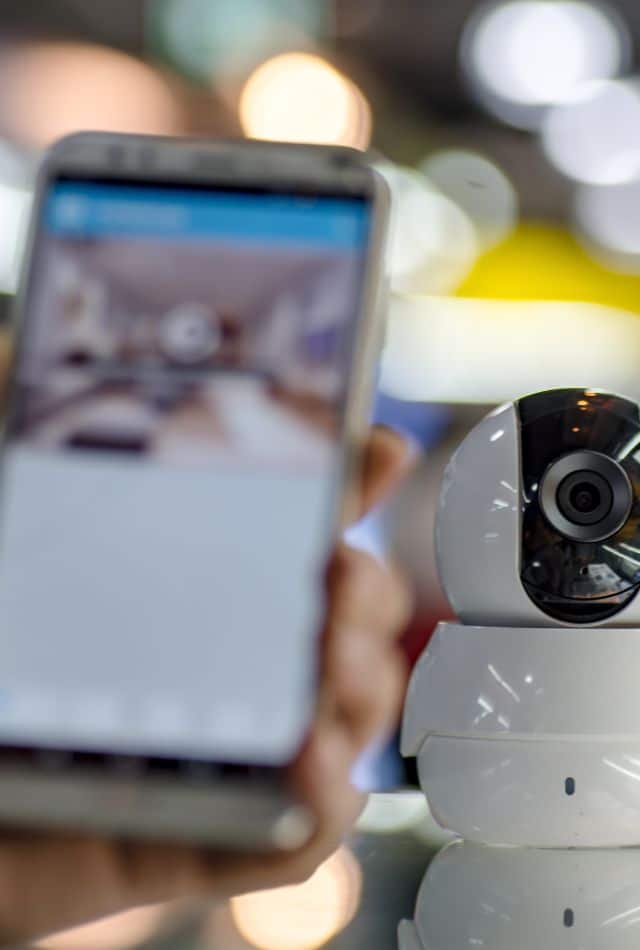When you purchase through links on our site, we may earn an affiliate commission. Here’s how it works.
If you recently purchased an IP camera and are uncertain about the setup process, follow specific steps and instructions.
IP cameras offer significant advantages over traditional surveillance cameras, including easier setup and configuration due to their wireless capabilities and lack of need for extensive wiring.
Getting Started with IP Cameras

How To Set Up an IP Camera?
Tools and Accessories Required
To set up an IP camera system, you will need a Wi-Fi-enabled IP camera, a network video recorder, network cabling, and a computer monitor or TV.
Network Configuration
Setting up network cameras differs significantly from configuring webcams and analog CCTV cameras.
Follow the steps below:
- First, connect the network camera to the local area network (LAN) by plugging an Ethernet cable into the camera and the other end into the router.
- Find the IP address of the network camera using the utility program provided by the camera’s vendor. Ensure DHCP is enabled. A client application may be required for some specialized cameras.
- To discover the camera’s IP, use your router’s configuration page. To identify the assigned IP address of the camera, you may unplug and then replug the Ethernet cable and check the list of device IPs on the router to see which device has been connected.
Configure Wi-Fi Using the Browser
- Access the camera’s user interface by entering the IP address and port into a web browser. Note that some cameras use different ports.
- Assign the camera a static IP address. IP addresses are typically dynamic and can change after the network camera or the router is power cycled. Configuring a static IP ensures reliable access.
- Disconnect the Ethernet cable to switch to Wi-Fi and move the camera to the desired location. You may need to unplug and replug the power cable if necessary.
- Search for the new IP address since network cameras often obtain different IPs for Wi-Fi connections, which may follow a different pattern from wired connections.
Configuration of the Applications
The initial step in configuring applications is to select the type of device you are setting up. Follow the camera’s instructions for connecting to the LAN via Ethernet cable or Wi-Fi.
- Verify the camera’s accessibility on the LAN and determine the appropriate application version for your Windows computer or phone.
- Look for a “+” symbol indicating the completion of the camera configuration. If the camera is discovered, tap the discover button and select the camera for setup.
Configuration of WAN Access
- To access network cameras outside the LAN, configure the router to forward an external port to the device. This step is necessary for accessing the camera via a Wi-Fi hotspot or cellular connection outside the local network.
- If the public IP is not static, set up Dynamic DNS (DDNS) for the router. This is particularly important if you have multiple devices requiring access.
- Follow the router’s onscreen setup instructions. If you don’t have a static public IP, continue with the DDNS setup, replacing the given IP address with the DNS address obtained.
The Bottom Line on How to Set Up an IP Camera
You can successfully set up your IP camera by following the steps outlined above and any model-specific customizations. This setup allows for uninterrupted surveillance of your home or office.
See Also